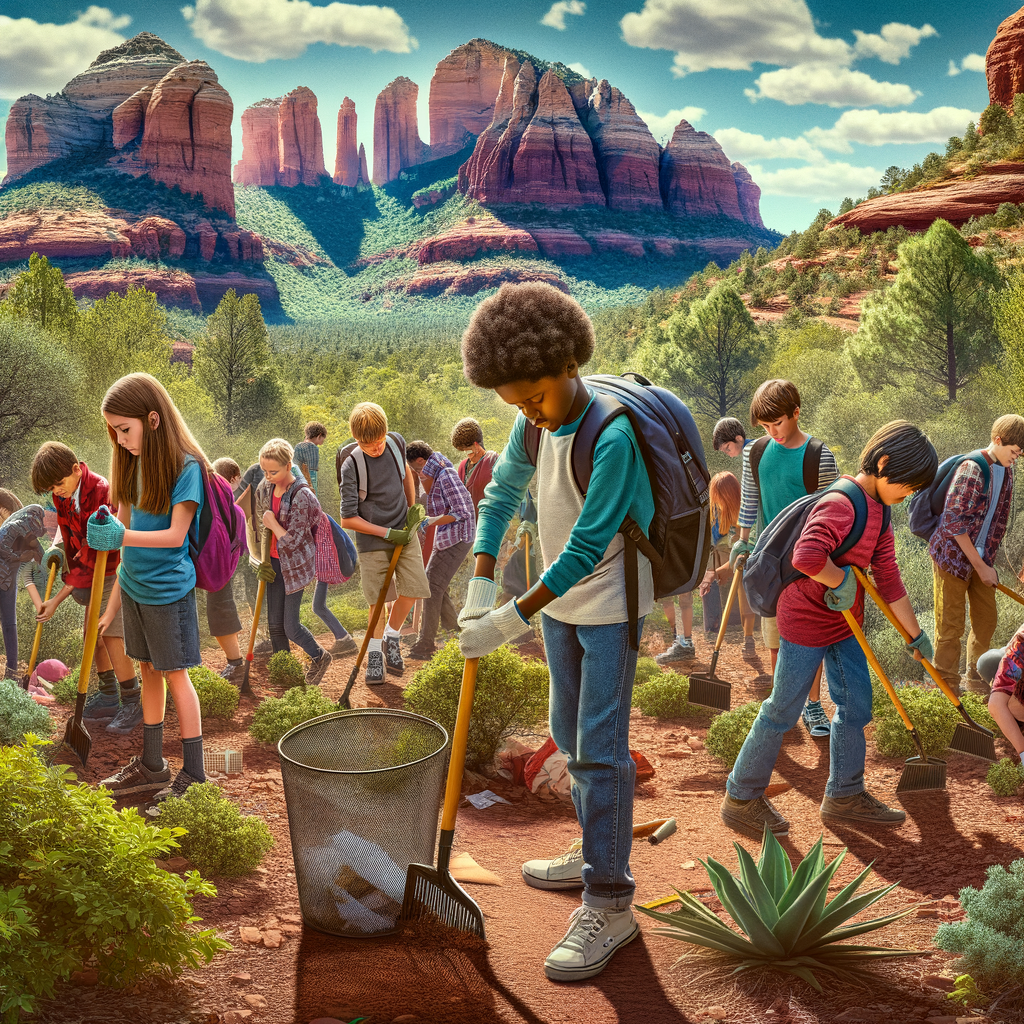Simple Outdoor Science Experiments for Kids
Outdoor Science Experiments
Exploring the wonders of science can be even more exciting when conducted outdoors. Nature provides the perfect setting for hands-on experiments that engage the senses and spark curiosity. Below, we will discuss some simple yet fascinating outdoor science experiments that you can try with your kids.
1. Solar Oven
Building a solar oven is a fun and educational way to learn about renewable energy. Construct a simple oven using a cardboard box, aluminum foil, and plastic wrap. Place different food items inside and observe how sunlight can be used to cook them. This experiment teaches kids about solar energy and the greenhouse effect.
Materials:
– Cardboard box
– Aluminum foil
– Plastic wrap
– Food items (such as s’mores or hot dogs)
– Sunny day
Instructions:
1. Line the inside of the cardboard box with aluminum foil.
2. Place the food items on a tray inside the box.
3. Close the box and cover the top with plastic wrap.
4. Position the solar oven in direct sunlight and wait for the food to cook.
2. Nature Scavenger Hunt
Get outside and explore nature with a scavenger hunt that encourages observation and critical thinking. Create a list of items for kids to find, such as different types of leaves, rocks, insects, or animal tracks. This activity promotes outdoor exploration and teaches children about biodiversity.
List of Items:
– Oak leaf
– Smooth rock
– Ant
– Bird feather
– Pinecone
Instructions:
1. Provide each child with a list of items to find.
2. Encourage them to explore the area and collect the items.
3. Discuss the characteristics of each item and its significance in nature.
3. Water Cycle Bracelet
Learn about the water cycle by creating a wearable bracelet that demonstrates the journey of water through evaporation, condensation, and precipitation. This hands-on experiment combines science and art for a creative learning experience.
Materials:
– Blue pony beads
– Elastic string
– Clear plastic tubing
Instructions:
1. String the beads onto the elastic in the following order: blue bead (ocean), white bead (evaporation), clear bead (condensation), blue bead (precipitation).
2. Tie the ends of the string to create a bracelet.
3. Wear the bracelet as a reminder of the water cycle process.
4. Rock Candy Geodes
Create your own edible geodes using sugar crystals and rock-shaped molds. This sweet experiment demonstrates the process of crystallization and introduces kids to geology in a delicious way. It’s a hands-on project that combines science and cooking.
Materials:
– Sugar
– Water
– Food coloring
– Rock-shaped molds
– String or toothpick
Instructions:
1. Dissolve sugar in boiling water to create a syrup.
2. Add food coloring to the syrup and pour it into the molds.
3. Dip a string or toothpick into the syrup to create crystal formations.
4. Let the geodes cool and harden before removing them from the molds.
5. Bird Feeder Observation
Set up a bird feeder in your backyard and observe the different species of birds that visit. Keep a journal to record the types of birds, their behaviors, and the food preferences of each species. This experiment connects kids to nature and encourages scientific observation.
Materials:
– Bird feeder
– Bird seed
– Journal
– Binoculars
Instructions:
1. Fill the bird feeder with seed and place it in a visible location.
2. Use binoculars to observe the birds from a distance.
3. Record your observations in a journal, including bird species, feeding habits, and interactions with other birds.
6. Wind-Powered Sailboats
Explore the power of wind by creating sailboats that rely on wind energy to move across the water. Design different boat shapes and sizes to test how they perform in windy conditions. This experiment introduces kids to aerodynamics and engineering concepts.
Materials:
– Foam trays
– Craft sticks
– Paper sails
– Water basin
Instructions:
1. Cut foam trays into boat shapes and attach craft sticks for structure.
2. Attach paper sails to the craft sticks.
3. Place the boats in the water and blow on the sails to see them move.
4. Experiment with different sail designs and wind strengths.
7. Rainbow Reflections
Discover the science of light and color by creating rainbow reflections with a mirror and water. Reflect sunlight onto a white surface to observe the refraction of light into a spectrum of colors. This experiment teaches kids about the properties of light and optics.
Materials:
– Mirror
– Bowl of water
– White paper
– Sunny day
Instructions:
1. Place the mirror in the water at an angle to reflect sunlight.
2. Position the white paper to catch the rainbow reflections.
3. Observe how sunlight is separated into different colors by the water droplets.
8. Seed Germination Garden
Explore plant biology by creating a seed germination garden to observe the growth of different seeds into plants. Plant seeds in containers with soil, water them regularly, and track their growth over time. This experiment teaches kids about plant life cycles and the importance of environmental stewardship.
Materials:
– Seeds (such as sunflower, bean, or radish)
– Planting containers
– Potting soil
– Watering can
Instructions:
1. Plant seeds in containers filled with soil.
2. Water the seeds regularly and place them in a sunny location.
3. Keep a journal to record the growth of each seed, including changes in size, color, and leaf development.
Conclusion
Engaging in outdoor science experiments is a fantastic way to ignite children’s curiosity and foster a love for learning. These hands-on activities not only teach scientific concepts but also encourage exploration, observation, and critical thinking. By conducting simple experiments outdoors, kids can develop a deeper appreciation for the natural world and the wonders of science.
Frequently Asked Questions (FAQs)
1. What age group is suitable for outdoor science experiments?
Outdoor science experiments can be tailored to suit children of all ages, from preschoolers to teenagers. Parents and educators can adapt the activities based on the child’s interests and abilities.
2. How can outdoor science experiments benefit children?
Outdoor science experiments help children develop important skills such as observation, critical thinking, and problem-solving. They also foster a sense of wonder and curiosity about the world around them.
3. Do outdoor science experiments require special equipment?
Most outdoor science experiments can be conducted using simple materials found at home or in nature. However, some experiments may require basic scientific tools such as magnifying glasses or thermometers.
4. Are outdoor science experiments safe for kids?
Safety should always be a top priority when conducting outdoor science experiments. Parents and educators should supervise children at all times and ensure that the activities are age-appropriate and conducted in a safe environment.
5. How can I incorporate outdoor science experiments into homeschooling?
Outdoor science experiments are a great way to enrich homeschooling curricula and make learning fun and engaging. Parents can incorporate these experiments into science lessons to provide hands-on learning experiences for their children.
If you are interested in looking into an organized tour for you and your kids, consider visiting our preferred vendor: Sedona Red Rock Adventures.
news via inbox
To be update with all the latest news.




